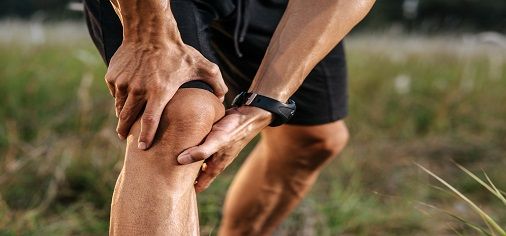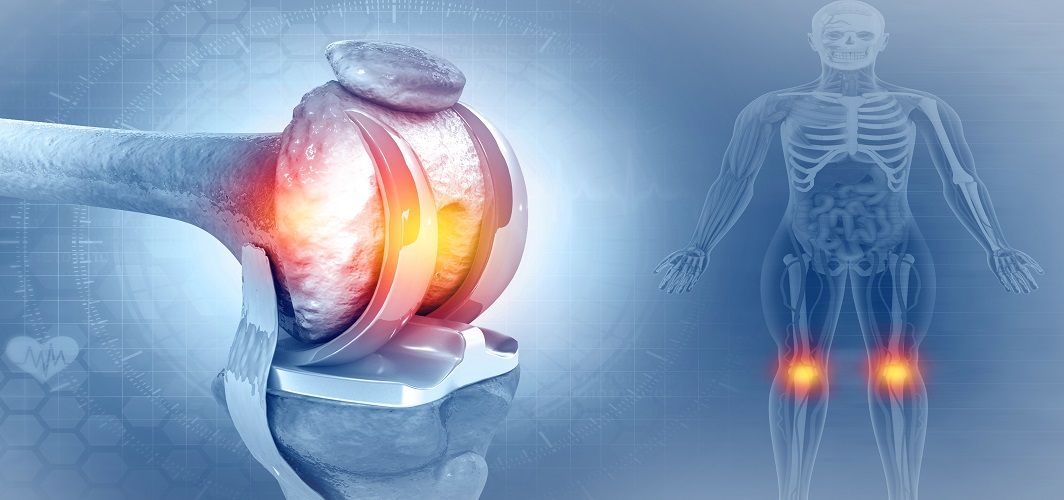Orthopedic Conditions
Delaying Your ACL Surgery? Here is Why You Should Not!
4 min read
By Apollo 24|7, Published on - 31 October 2022, Updated on - 07 December 2022
Share this article
0
1 like

An ACL injury or anterior cruciate ligament tear is one of the most common injuries the human body suffers. Athletes and sportsmen are more vulnerable to ligament tears because of their activities and type of injuries.
In addition, the ACL is also one of the most vital bands in the body in the front of the knee. Its primary function is to stabilise the knee. Hence, paying particular attention to ligament strain and injuries is essential because they might make you vulnerable to arthritis at a young age if not treated properly.
You must notice symptoms like a popping sound, severe pain, swelling, discomfort in motion, and instability while walking. If you notice these symptoms after suffering a knee injury, it is an indication to see an orthopaedician immediately.
Causes and Risk Factors of ACL Injury
Apart from being in the sports field, it is also essential to be aware of the activities that might make you vulnerable to severe injury. Below is a list of activities that might put a significant strain on your knees:
- Sudden change of direction while running or doing an activity
- Pivoting with the affected foot firmly planted on the floor
- Landing with a jerk after a long jump
- Knee colliding with a hard object or facing a direct blow
In addition to these activities, some significant risk factors might lead to a knee injury. For example, women with osteoporosis, nutritional deficiencies, and faulty movement are more likely to suffer from significant damage.
Is it Necessary to Go for ACL Surgery?
The need for the surgery depends on the depth of your injury. While complete tears require immediate surgery, partial or minor strains can be fixed with rest, compression, and elevation.
Additionally, a meniscus tear is a common injury due to the forceful twisting of tissue. This severe injury requires immediate surgery to recover from the condition. However, a surgical procedure is a best and safest option if you are into sports and need to continue with it after recovery.
Doctors also recommend surgery to people when one or more fibrous cartilage is damaged and needs attention for proper recovery. Sometimes, even minor injuries need a surgical procedure for healing if there is a hindrance in day-to-day activities.
ACL surgery is a reconstruction procedure in which the damaged part is removed and replaced with a tendon. The latter is a tissue similar to the ligament and supports the knee with leg muscles after using it as a graft. In many cases, a tendon donor is required to complete the graft.
It is essential to go for surgery because you can resume your regular activities only after this procedure. Apart from this, delaying the surgery may aggravate the condition and injure other ligaments in the region. In addition, it might put excess stress on the meniscus and cartilage in the nearby area.
After surgery, there is no specific recovery period. This is because it varies from one individual to another, and a sensitive case might end up with re-injury. Research studies suggest that nearly 30% of athletes suffer from a ligament tear in the same knee after undergoing ACL surgery.
Therefore, apart from undergoing surgery immediately, there is also a need for a more extended recovery period.
Watch this video by Dr. Kaushik Reddy about “The Effects of Delaying ACL Surgery”
To be Precise
The best way to get an ACL surgery done successfully is to seek expert consultation for the condition immediately after suffering from an injury. Apart from this, you must prepare for the appointment by keeping proper records and medical history handy.
You might have to explain to the doctor how the injury occurred, the symptoms you are facing, discomfort in movement, and your BMI. Based on these factors, a doctor may suggest surgery, rest, therapies, or a mix of all these options.
Before surgery and other therapies, medical professionals also suggest extended rehabilitative treatment. This includes multiple exercises you can perform under an expert’s supervision or at home. Even though rehabilitative treatment is recommended, it is not suitable for healing a ligament tear.
These therapies can only support the individual during post-operative recovery or pre-operative preparation. Hence, surgery is the best option for a significant ligament tear alongside supervised post-operative recovery.
Medically Reviewed by Dr. Dhanunjay Reddy B
Orthopedic Conditions
Leave Comment
Recommended for you

Orthopedic Conditions
Osteoporosis: How to Maintain Healthy Bones
World Osteoporosis Day is designated on October 20th every year to raise global awareness of osteoporosis prevention, diagnosis, and treatment.

Orthopedic Conditions
A Complete Guide on Knee Replacement Surgery
Knee replacement surgery involves removing damaged or worn-out parts of the knee joint and replacing them with artificial components. The procedure typically takes a few hours and is performed under general anaesthesia.

Orthopedic Conditions
Sharp pain in the heel? These could be the reasons!
Heel pain can occur due to stress or injury. However, it can be treated easily with the help of medical appliances, comfortable footwear, physical therapy, and medication.
Subscribe
Sign up for our free Health Library Daily Newsletter
Get doctor-approved health tips, news, and more.
Visual Stories

How to Keep Your Bones Strong and Healthy Naturally
Tap to continue exploring
Recommended for you

Orthopedic Conditions
Osteoporosis: How to Maintain Healthy Bones
World Osteoporosis Day is designated on October 20th every year to raise global awareness of osteoporosis prevention, diagnosis, and treatment.

Orthopedic Conditions
A Complete Guide on Knee Replacement Surgery
Knee replacement surgery involves removing damaged or worn-out parts of the knee joint and replacing them with artificial components. The procedure typically takes a few hours and is performed under general anaesthesia.

Orthopedic Conditions
Sharp pain in the heel? These could be the reasons!
Heel pain can occur due to stress or injury. However, it can be treated easily with the help of medical appliances, comfortable footwear, physical therapy, and medication.